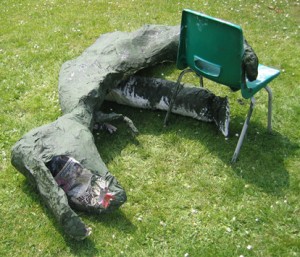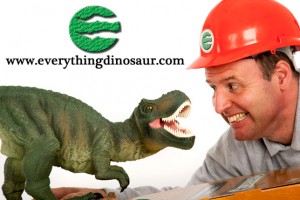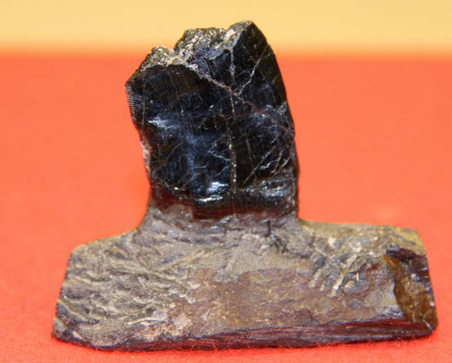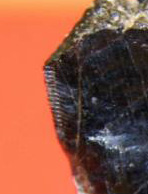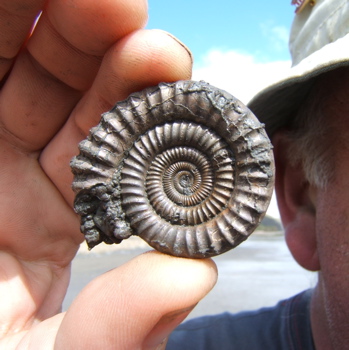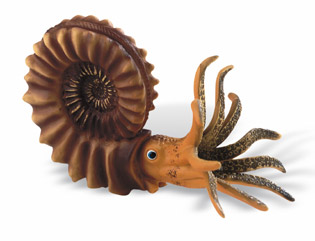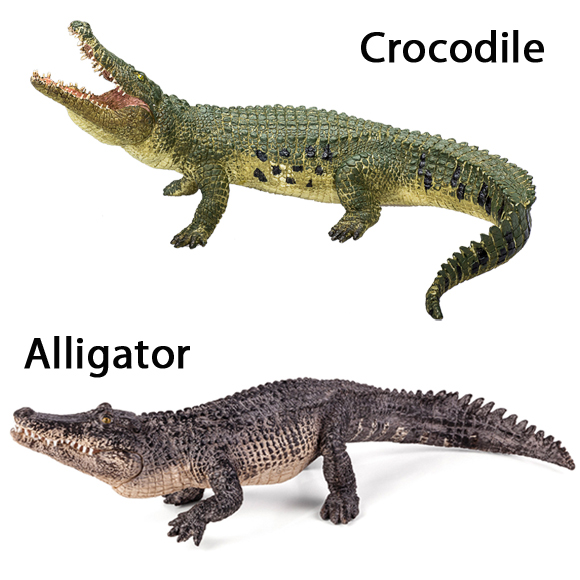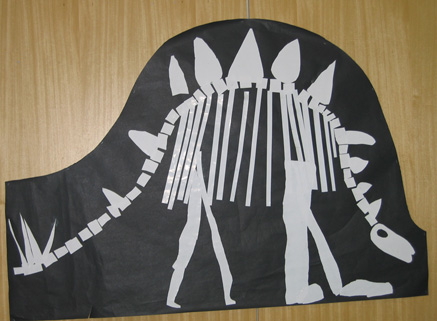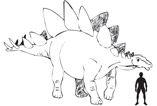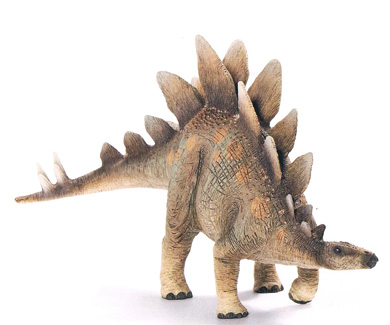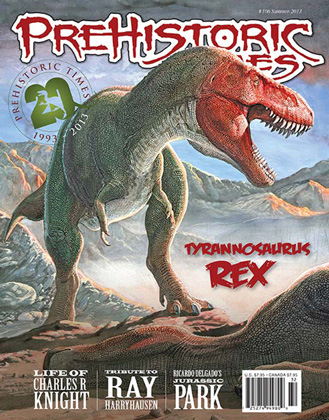Cumbrian Museum to Play Hosts to Sharks and Woolly Mammoths
Staff at The Beacon, the interactive, family orientated museum at Whitehaven on the Cumbrian coast, are going to have their hands full this summer as not one but two major exhibitions will be taking over their galleries. Following on from the highly successful “BBC Walking with Dinosaurs Exhibition” in 2011, in which team members at Everything Dinosaur were invited to be the “on the spot dinosaur experts”, the museum will be hosting “Ice Age – Life After Dinosaurs” and “Shark! The Myths and Reality”.
“Ice Age – Life After Dinosaurs” and “Shark! The Myths and Reality”
The Beacon is closed for the next few days as final preparations are made, it is not easy to manipulate life-size replicas of giants such as Woolly Mammoths, Sabre-toothed cats and Great White sharks. The grand opening is scheduled for this Saturday (13th July), there’s just time for the busy Beacon staff to check all the hands on, educational and fun exhibits before the start of these “monster” exhibitions at 10am Saturday morning.
If you’re looking for ways to entertain your little monsters for the summer holidays, then you don’t have to look too far as visitors to Copeland’s museum will be transported back to a time when the Earth was dominated by a diverse range of magnificent mammals, that our ancestors had to contend with. The “Ice Age – Life After Dinosaurs” exhibition features full size replicas of giant prehistoric beasts including the wonderful Woolly Rhino and the savage Smilodon as well as real and replica fossils.
Square up to a Sabre-toothed Cat
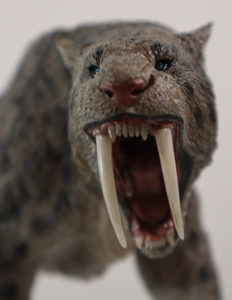
A close-up of the head of the Rebor Smilodon populator figure (mouth open head attachment). The exquisite detailing or the teeth and the inside of the mouth can be clearly seen. Picture credit: Everything Dinosaur.
Commenting on the exhibition, Mike Walley from Everything Dinosaur stated:
“This is the best chance people have had to go eyeball to eyeball with Ice Age monsters in the last 20,000 years”.
Everything Dinosaur
Everything Dinosaur team members who will be running two special weekend events at The Beacon in the summer and October school holidays. The fossil experts are going to be visiting the exhibitions on Saturday 3rd and Sunday 4th of August, with a second, special appearance scheduled to coincide with the autumn half-term, the weekend of 26th and 27th of October.
Everything Dinosaur is keeping what they intend to bring along from their extensive fossil collection under wraps for the moment, however, visitors to The Beacon on these special weekends can expect to get up close to some super-sized marine predators, ferocious hunters that make “Tyrannosaurus rex look like a pussy cat”. If you have ever wanted to know how to avoid being gored by the two-metre long horn of a giant rhinoceros or to discover how close scientists are to cloning a Woolly Mammoth then don’t forget to book the weekend of August 3rd and 4th and the last weekend of October into your diary.
The Beacon Museum
“Shark! Myths and Reality” will turn everything you thought you knew about sharks upside down, bringing visitors face to face with life size replicas of these ancient hunters, including the Great White. This exhibition aims to dispel the many myths about sharks as mindless killing machines. Built in co-operation with The Shark Trust, it tells the real story of these fascinating underwater creatures.
Famous for its Whorl of Teeth – Helicoprion an Extinct Cartilaginous Fish.
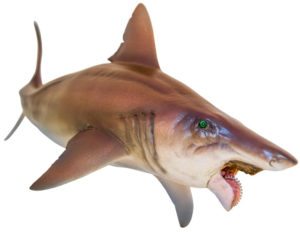
PNSO Haylee the Helicoprion replica. The stunning emerald eye on the model is reminiscent of the eye of a Chimaera such as the deep water Rabbit Fish (Chimaera monstrosa) to which Helicorprion is distantly related.
For models and replicas of prehistoric animals including Helicoprion (whilst stocks last): PNSO Age of Dinosaurs Models and Figures.
A spokesperson from Everything Dinosaur explained:
“Although sharks have been around for something like 420 million years and there are over 400 species alive today, scientists are still learning about these incredible creatures. For example, just this week a new scientific paper has been published that confirms how the Thresher shark uses its amazing tail as a whip to stun its prey.”
Pat Graham, Copeland’s Director of Services added:
“We are proud and delighted that we have managed to again secure a nationally significant exhibition for Whitehaven. These big events not only attract visitors in the town, but afford residents the opportunity to access the best education and fun that museums can offer, but on our own doorstep. These are hard times for the Council, and for families, but this is an opportunity for us to celebrate something really great for the town, and we should use this as an opportunity to collectively promote our Borough across the region”.
There will also be weekly drop in family craft days beginning on 31st July. Be inspired by what you have seen during your visit and create your very own Ice Age creature, shark or other magnificent monster.
But don’t worry if you can’t make it during the summer as both exhibitions will be on display until 5th January.
For more information about the fantastic models in stock at Everything Dinosaur: Dinosaur and Prehistoric Animal Figures.


